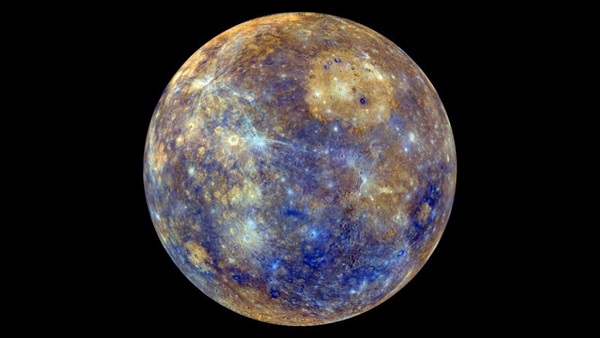Our Galaxy forms a disc a little thicker in the center that is observed in profile, which is why the Milky Way seems very long and quite thin. The stars are concentrated in the central part located in the constellation Sagittarius. It is the widest and brightest region.
Read MoreThe luminous ball that enlightens us during the day is actually a star like all the ones you can see at night in the sky, with the only difference that it is much closer than the others, to be precise 272000 times closer than Proxima of the Centaur which is the closest star of the solar system to 4.3 light-years!
Read MoreBorn at the same time as the Earth the Lady of Night aged prematurely but its gaze has kept all its intensity and still dreams many observers who courtez it when it deigns to appear above the horizon.
Read MoreAstronomy is a beautiful pastime that allows you to escape into space during your spare time and to observe sparkling multicolored stars, ringed planets like Saturn, the crescent of Venus, the sunspots, the innumerable Craters of the Moon, shooting stars or even galaxies.
Read MoreStatistically speaking, it turns out that 20% of the stars form double or multiple systems and that a roughly identical percentage probably have a procession of planets which, in all probability, at least one with the minimum conditions to maintain the life.
Read MoreDuring the time of Newton and the discovery of experimentation, the universe was eternal and ageless. Time was an independent variable whose course could not be altered. Scientists could understand space, measure distances, weigh masses, and calculate elapsed time.
Read More












